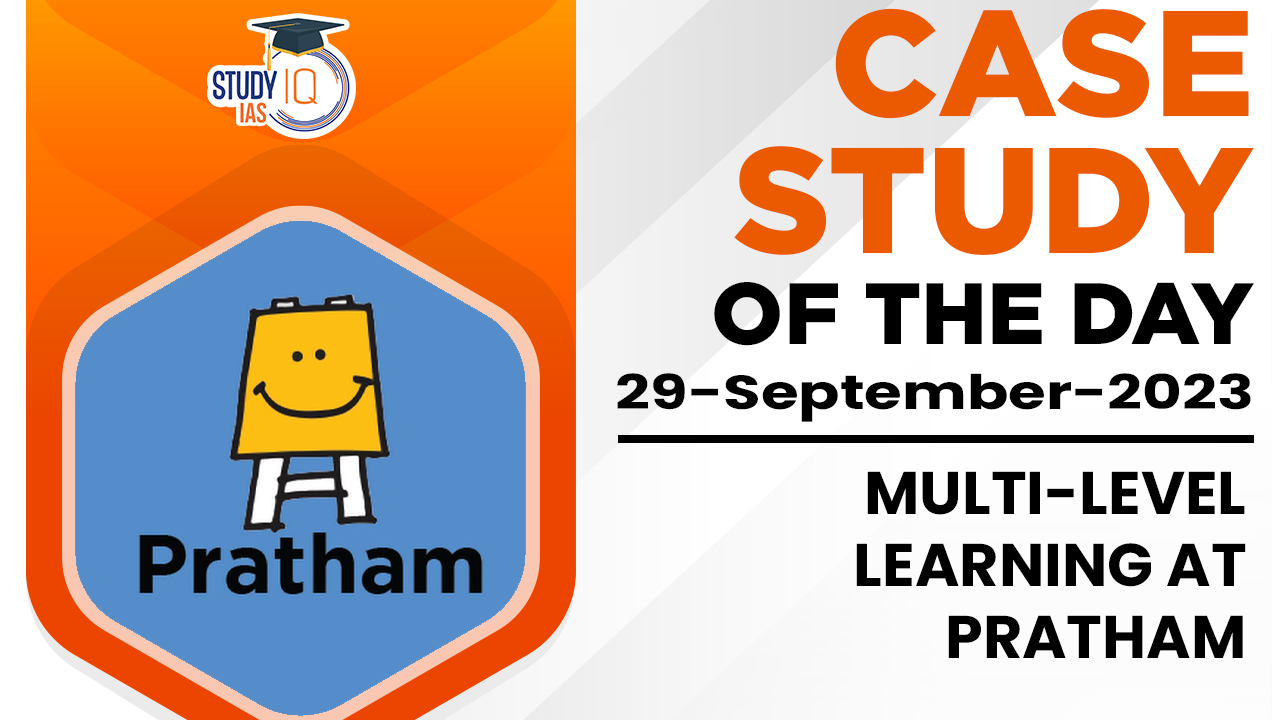Table of Contents
Introduction
India’s education system has long faced the challenge of large-scale learning disparities. Millions of children enter primary school each year, but many fails to learn basic literacy and numeracy skills. This is due to a number of factors, including high dropout rates, poor teaching quality, and overcrowded classrooms. Children in Indian schools often learn at different levels due to a number of factors, including different home backgrounds, different learning styles, and different rates of development.
Initiative by Pratham
- Pratham is a non-profit organization that works to improve the quality of education for underprivileged children in India.
- One of Pratham’s key programs is Teaching at the Right Level (TaRL). TaRL is a multi-level learning approach that helps children learn at their own pace.
- TaRL is designed to be used in classrooms with large numbers of students and multiple levels of learning. Teachers are trained to group children based on their ability level, rather than their age or grade. Children then work through self-paced learning modules at their own level.
- TaRL modules are designed to be engaging and interactive. They use a variety of teaching methods, including games, songs, and puzzles. Children are also given regular feedback on their progress.
The Impact
- TaRL has been shown to be very effective in improving learning outcomes for children.
- A study by the Abdul Latif Jameel Poverty Action Lab (J-PAL) found that TaRL students made significant gains in reading and math, compared to students in traditional classrooms.
- Another study found that TaRL helped to reduce dropout rates.
- TaRL students were also more likely to attend secondary school.
- TaRL has been implemented in hundreds of thousands of schools across India. It has reached over 50 million children.
Conclusion
Pratham’s TaRL program is a successful example of multi-level learning. TaRL has been shown to be effective in improving learning outcomes for children and reducing dropout rates. Multi-level learning is a promising approach to addressing the challenge of learning disparities in India. It can help to ensure that all children have the opportunity to learn and succeed.


 UPPSC Previous Year Question Papers, Dow...
UPPSC Previous Year Question Papers, Dow...
 Most Commonly Used Cancer Drugs and Thei...
Most Commonly Used Cancer Drugs and Thei...
 Tansen Biography, Musical Legacy and Mas...
Tansen Biography, Musical Legacy and Mas...





















